Best Africa National Park
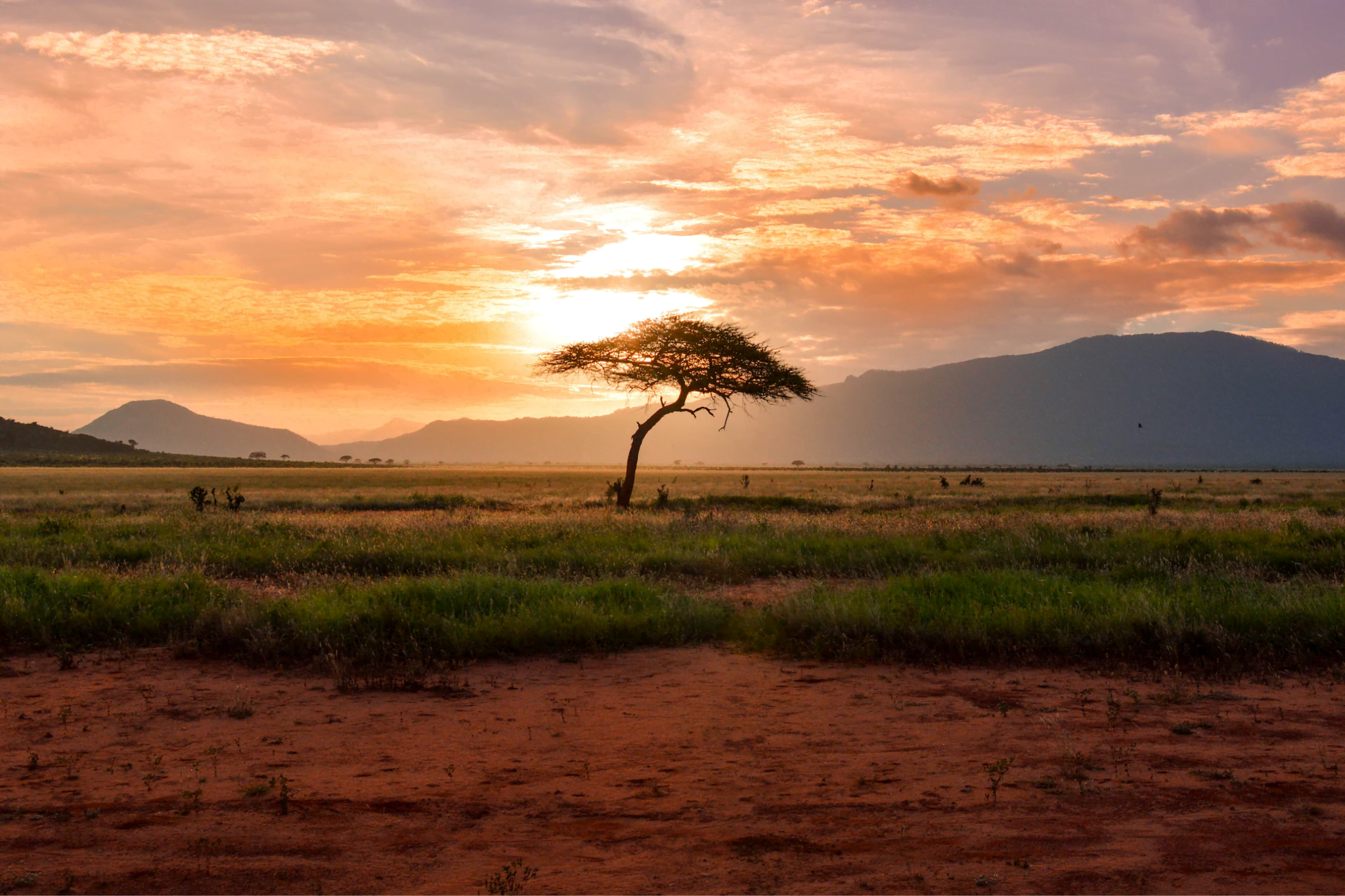
Africa is home to some of the world’s most awe-inspiring and diverse natural landscapes, from vast savannahs and rolling hills to dense forests and towering mountain ranges. One of the best ways to experience the continent’s stunning natural beauty is by visiting its many national parks. With over 400 national parks and reserves across Africa, there’s no shortage of places to explore and discover.
Whether you’re a wildlife enthusiast, a nature lover, or simply looking for an adventure, Africa’s national parks offer something for everyone. From the iconic Serengeti National Park in Tanzania to the lush Okavango Delta in Botswana, these protected areas are teeming with an incredible array of flora and fauna, including some of the world’s most endangered species.
In this blog, we’ll take a closer look at some of Africa’s most spectacular national parks, highlighting their unique features and what makes them such special places to visit. Join us as we journey through Africa’s wilderness and uncover the treasures that lie within its national parks.
Serengeti National Park, Tanzania

Serengeti National Park is truly a remarkable destination for wildlife enthusiasts and nature lovers. The vast plains of the park are teeming with an incredible array of wildlife, from herds of wildebeest and zebras to lions, cheetahs, hyenas, and more. Witnessing the annual wildebeest migration, where millions of animals move across the park in search of greener pastures, is truly a once-in-a-lifetime experience.
The park offers a variety of activities for visitors, including guided safari tours, hot air balloon rides, and walking safaris. The knowledgeable guides are passionate about their work and eager to share their knowledge of the park’s wildlife and ecosystem with visitors. The lodges within the park are also well-appointed and offer stunning views of the surrounding wilderness.
One of the highlights of visiting Serengeti National Park is the opportunity to witness the circle of life in action. From predators stalking their prey to newborn animals taking their first steps, the park offers a glimpse into the incredible complexity and beauty of the natural world. It’s a humbling experience that leaves a lasting impression.
Overall, Serengeti National Park is a must-visit destination for anyone traveling to Tanzania or East Africa. The park’s vast wilderness, diverse wildlife, and unparalleled beauty make it one of the world’s most remarkable natural wonders.
Serengeti National Park covers an area of over 14,000 square kilometers and is home to over 70 species of mammals and over 500 species of birds. The park’s diverse habitats, which include grasslands, woodlands, and riverine forests, support a wide range of wildlife.
The park is perhaps best known for the annual wildebeest migration, which is considered one of the greatest wildlife spectacles on earth. Each year, over two million wildebeest, zebras, and gazelles move across the park in search of fresh grazing lands. The migration is a test of survival and a visual feast for visitors, who can witness the animals crossing rivers and dodging predators.
Aside from the migration, Serengeti National Park is also home to a variety of other wildlife, including elephants, giraffes, buffaloes, hyenas, and leopards. The park’s predators, such as lions and cheetahs, are especially popular with visitors. The park’s birdlife is also impressive, with over 500 species, including ostriches, eagles, and vultures.

Safari tours in the park are typically conducted in open-top vehicles, which offer unobstructed views of the wildlife. Guided walking safaris are also available, providing a more intimate and immersive experience. Hot air balloon rides over the park are a popular activity, providing a unique perspective on the park’s landscape and wildlife.
Accommodation in the park ranges from budget campsites to luxury lodges. Many lodges offer private balconies and terraces overlooking the park, allowing visitors to enjoy the scenery in comfort and privacy.
In conclusion, Serengeti National Park is a destination that should not be missed by anyone traveling to Tanzania or East Africa. The park’s abundant wildlife, breathtaking landscapes, and unforgettable experiences make it a truly remarkable place. Whether you’re a seasoned safari-goer or a first-time visitor, Serengeti National Park is sure to leave a lasting impression.
Kruger National Park, South Africa
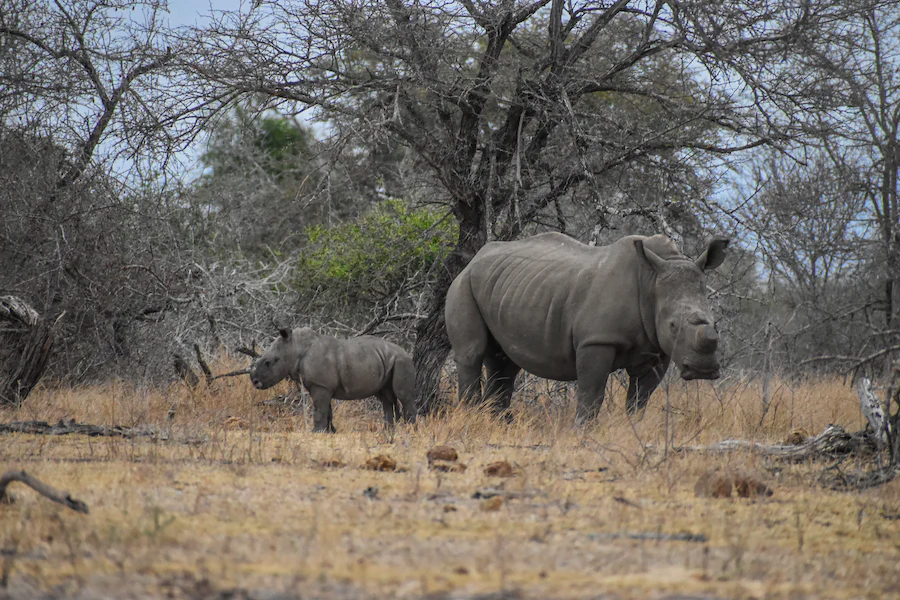
Kruger National Park is a must-visit destination for anyone looking to experience the beauty and diversity of African wildlife. Covering an area of over 19,000 square kilometers, the park is home to an incredible array of species, including the Big Five – lions, leopards, elephants, buffaloes, and rhinos.
The park offers a variety of activities for visitors, including guided game drives, bush walks, and night drives. The knowledgeable guides are passionate about their work and eager to share their knowledge of the park’s wildlife and ecosystem with visitors. The lodges within the park are also well-appointed and offer stunning views of the surrounding wilderness.
One of the highlights of visiting Kruger National Park is the opportunity to witness the incredible diversity of African wildlife. From herds of elephants and buffaloes to packs of wild dogs and prides of lions, the park is teeming with life. Visitors can also spot a variety of bird species, ranging from the iconic African fish eagle to the striking lilac-breasted roller.
The park is also home to a variety of habitats, from grassy plains and riverine forests to rocky outcrops and savannahs. Each of these habitats supports its own unique set of wildlife, providing visitors with a constantly changing landscape to explore.
Kruger National Park is also a leader in conservation efforts, with a number of programs in place to protect the park’s wildlife and ecosystems. Visitors can learn about these programs and the challenges facing wildlife conservation in South Africa through educational activities and exhibits.
Overall, Kruger National Park is a destination that should not be missed by anyone traveling to South Africa or Southern Africa. The park’s incredible wildlife, diverse habitats, and commitment to conservation make it one of the world’s most remarkable natural wonders. Whether you’re a seasoned safari-goer or a first-time visitor, Kruger National Park is sure to leave a lasting impression.
Masai Mara National Reserve, Kenya
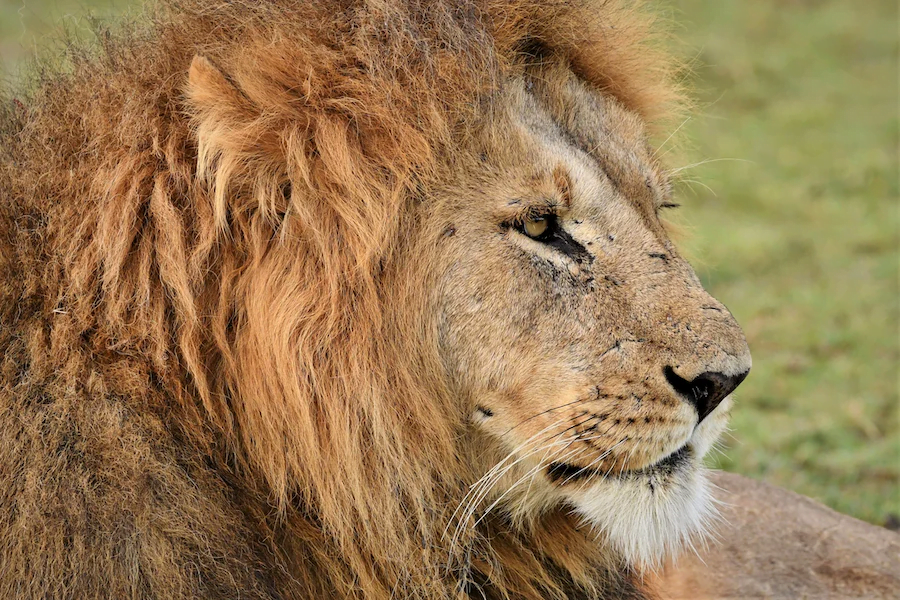
Masai Mara National Reserve is one of Africa’s most famous wildlife destinations, renowned for its stunning scenery and abundance of wildlife. The reserve, which covers an area of over 1,500 square kilometers, is located in southwestern Kenya, bordering Tanzania’s Serengeti National Park.
One of the highlights of visiting Masai Mara is the annual wildebeest migration, where millions of animals move across the park in search of fresh grazing lands. The migration is a test of survival and a visual feast for visitors, who can witness the animals crossing rivers and dodging predators.
Aside from the migration, Masai Mara is also home to a variety of other wildlife, including elephants, giraffes, buffaloes, hyenas, and leopards. The park’s predators, such as lions and cheetahs, are especially popular with visitors. The park’s birdlife is also impressive, with over 450 species recorded, including raptors, ostriches, and vultures.
The reserve offers a variety of activities for visitors, including guided game drives, bush walks, and hot air balloon rides. The knowledgeable guides are passionate about their work and eager to share their knowledge of the park’s wildlife and ecosystem with visitors. The lodges within the reserve are also well-appointed and offer stunning views of the surrounding wilderness.
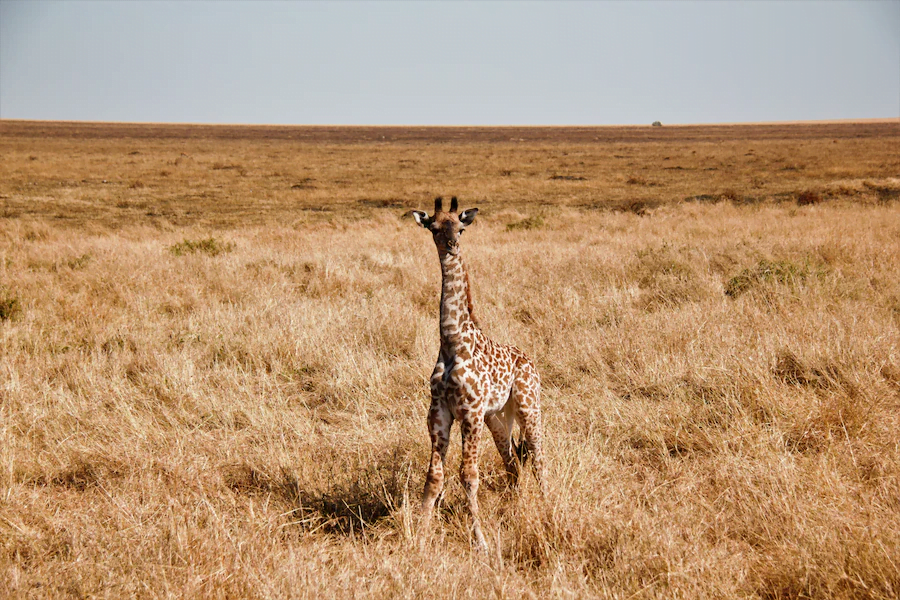
One of the unique aspects of Masai Mara is the opportunity to interact with the local Maasai people, who have lived in the region for centuries. Visitors can learn about Maasai culture and traditions, including their relationship with the environment and wildlife.
In conclusion, Masai Mara National Reserve is a must-visit destination for anyone traveling to Kenya or East Africa. The reserve’s abundant wildlife, breathtaking landscapes, and unique cultural experiences make it a truly remarkable place. Whether you’re a seasoned safari-goer or a first-time visitor, Masai Mara National Reserve is sure to leave a lasting impression.
Okavango Delta, Botswana

The Okavango Delta is a unique and pristine ecosystem, widely regarded as one of Africa’s most spectacular natural wonders. Located in northern Botswana, the delta covers an area of over 15,000 square kilometers and is home to a wide variety of wildlife, including large populations of elephants, lions, hippos, and crocodiles.
One of the best ways to experience the Okavango Delta is by taking a guided safari through the wilderness. The knowledgeable guides are experts in tracking and identifying wildlife, and they are always willing to share their knowledge with visitors. The lodges and camps within the delta are also well-appointed, providing visitors with comfortable and luxurious accommodations in the heart of the wilderness.
The delta is renowned for its wetlands, which are created by the annual flooding of the Okavango River. The wetlands are home to an incredible variety of aquatic wildlife, including fish, amphibians, and birds. Visitors can explore the wetlands by taking a mokoro, a traditional dugout canoe that glides through the water with ease. This is a truly unique way to experience the delta, and it provides visitors with a peaceful and intimate connection to the natural world.
The Okavango Delta is also home to a variety of landscapes, ranging from open savannahs to thick woodlands. Each of these landscapes supports its own unique set of wildlife, providing visitors with a constantly changing landscape to explore. Visitors can witness elephants wading through the waters, lions lounging in the grass, and hippos basking in the sun.
Aside from its natural beauty, the Okavango Delta is also known for its commitment to conservation. The delta is home to a number of conservation programs, which aim to protect the region’s wildlife and ecosystems. Visitors can learn about these programs and the challenges facing wildlife conservation in Botswana through educational activities and exhibits.
In conclusion, the Okavango Delta is a destination that should not be missed by anyone traveling to Botswana or Southern Africa. The delta’s unique ecosystem, abundant wildlife, and commitment to conservation make it one of the world’s most remarkable natural wonders. Whether you’re a seasoned safari-goer or a first-time visitor, the Okavango Delta is sure to leave a lasting impression.
Bwindi Impenetrable National Park, Uganda
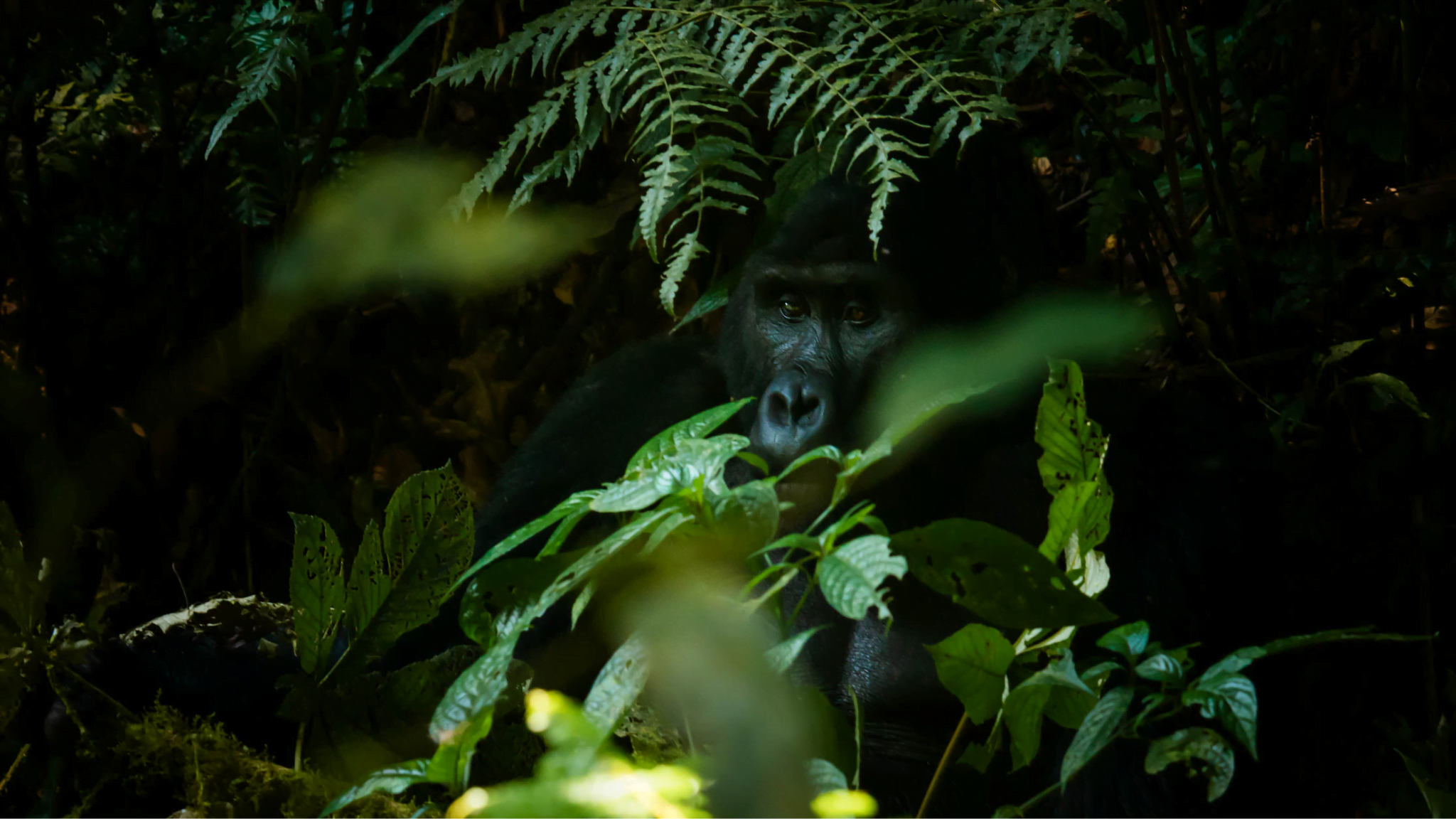
Bwindi Impenetrable National Park is a must-visit destination for any wildlife enthusiast or nature lover traveling to Uganda. Located in southwestern Uganda, the park covers an area of over 330 square kilometers and is home to over half of the world’s remaining mountain gorilla population.
One of the highlights of visiting Bwindi Impenetrable National Park is the opportunity to go gorilla trekking. This once-in-a-lifetime experience allows visitors to observe these majestic animals up close in their natural habitat. The trekking can be challenging, but the sight of a gorilla family in the wild is truly awe-inspiring.
Aside from the gorillas, Bwindi Impenetrable National Park is also home to a wide variety of other wildlife, including chimpanzees, colobus monkeys, and various species of birds. The park’s diverse ecosystem includes both montane and lowland forest, as well as grasslands and swamps.
The park offers a variety of activities for visitors, including guided nature walks, bird watching, and cultural visits to nearby communities. The knowledgeable guides are passionate about their work and eager to share their knowledge of the park’s wildlife and ecosystem with visitors.
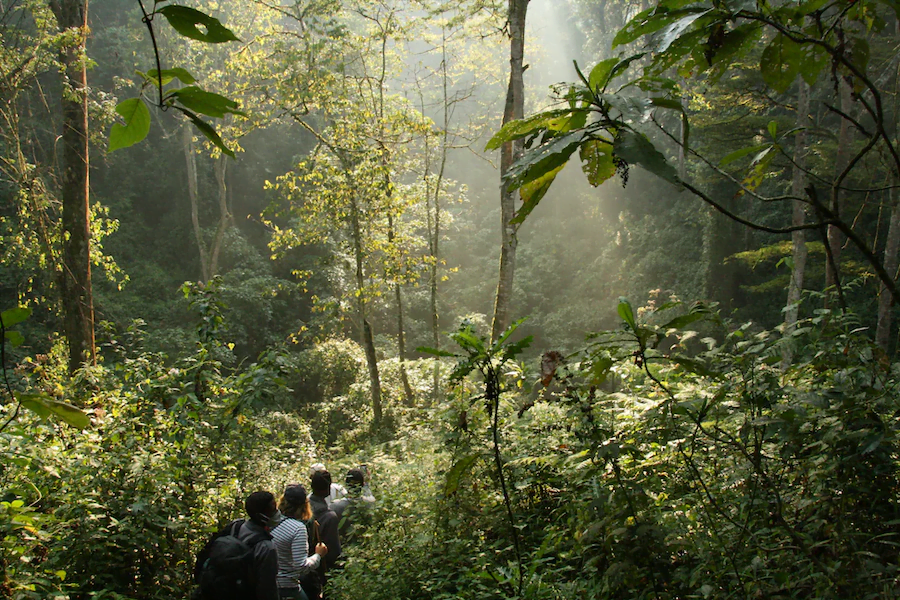
The lodges and camps within the park are well-appointed, providing visitors with comfortable and luxurious accommodations in the heart of the wilderness. The park’s remote location and limited tourism infrastructure help to preserve the natural beauty and ecological integrity of the region.
Bwindi Impenetrable National Park is also known for its commitment to conservation. The park’s conservation programs aim to protect the region’s wildlife and ecosystems, while also supporting the local communities that depend on them.
In conclusion, Bwindi Impenetrable National Park is a destination that should not be missed by anyone traveling to Uganda or East Africa. The park’s abundant wildlife, breathtaking landscapes, and commitment to conservation make it a truly remarkable place. Whether you’re a seasoned wildlife enthusiast or a first-time visitor, Bwindi Impenetrable National Park is sure to leave a lasting impression.
Virunga National Park

Virunga National Park is a unique and breathtakingly beautiful destination located in the eastern part of the Democratic Republic of Congo. Covering an area of over 7,800 square kilometers, the park is home to a wide variety of wildlife, including gorillas, chimpanzees, elephants, hippos, and crocodiles.
One of the highlights of visiting Virunga National Park is the opportunity to go gorilla trekking. The park is home to several habituated gorilla families, and visitors can observe these gentle giants up close in their natural habitat. The trekking can be challenging, but the experience of being in the presence of these incredible animals is truly unforgettable.
Aside from the gorillas, Virunga National Park is also home to a wide variety of other wildlife, including over 700 species of birds. The park’s diverse ecosystem includes montane forest, savannahs, and swamps, providing visitors with a constantly changing landscape to explore.
The lodges and camps within the park are well-appointed, providing visitors with comfortable and luxurious accommodations in the heart of the wilderness. The park’s remote location and limited tourism infrastructure help to preserve the natural beauty and ecological integrity of the region.

In addition to its natural beauty, Virunga National Park is also known for its commitment to conservation. The park’s conservation programs aim to protect the region’s wildlife and ecosystems, while also supporting the local communities that depend on them. The park also offers a variety of educational programs and activities, giving visitors the opportunity to learn about the challenges facing wildlife conservation in the region.
However, it’s important to note that due to the ongoing conflict in the region, visiting Virunga National Park can be challenging and potentially dangerous. Visitors should take all necessary precautions and follow the advice of the park’s staff and security personnel.
In conclusion, Virunga National Park is a destination that should not be missed by anyone traveling to the Democratic Republic of Congo or East Africa. The park’s abundant wildlife, breathtaking landscapes, and commitment to conservation make it a truly remarkable place. However, visitors should be aware of the security situation in the region and take all necessary precautions when visiting.
Namib-Naukluft National Park

Namib-Naukluft National Park is a vast and stunningly beautiful destination located in the Namib Desert of Namibia. Covering an area of over 49,000 square kilometers, it’s the largest national park in Africa and one of the most biodiverse regions on the continent.
The park’s most iconic feature is the towering red sand dunes of Sossusvlei, which are some of the highest in the world. Visitors can climb to the top of the dunes for breathtaking panoramic views of the desert landscape. The area is particularly beautiful at sunrise and sunset, when the changing colors of the dunes create a stunning display.
Aside from the dunes, Namib-Naukluft National Park is also home to a wide variety of wildlife, including oryx, springbok, giraffes, and baboons. The park’s diverse ecosystem includes not only desert but also mountains, gravel plains, and coastal areas.
The park offers a variety of activities for visitors, including hiking, wildlife viewing, and stargazing. The knowledgeable guides are passionate about their work and eager to share their knowledge of the park’s wildlife and ecosystem with visitors.
The lodges and camps within the park are well-appointed, providing visitors with comfortable and luxurious accommodations in the heart of the wilderness. The park’s remote location and limited tourism infrastructure help to preserve the natural beauty and ecological integrity of the region.
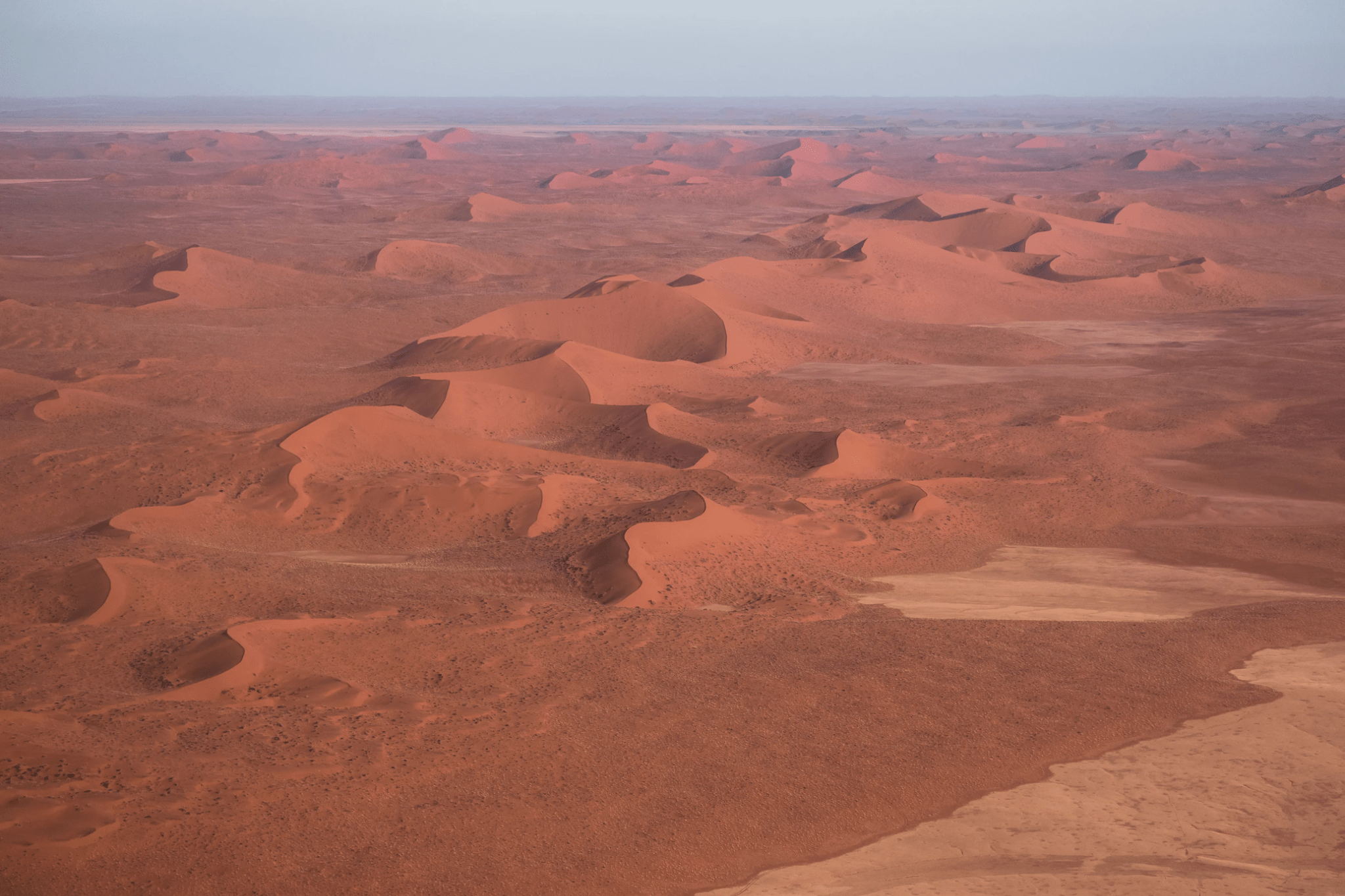
In addition to its natural beauty, Namib-Naukluft National Park is also known for its commitment to conservation. The park’s conservation programs aim to protect the region’s wildlife and ecosystems, while also supporting the local communities that depend on them.
In conclusion, Namib-Naukluft National Park is a destination that should not be missed by anyone traveling to Namibia or southern Africa. The park’s abundant wildlife, breathtaking landscapes, and commitment to conservation make it a truly remarkable place. Whether you’re a seasoned wildlife enthusiast or a first-time visitor, Namib-Naukluft National Park is sure to leave a lasting impression.
Is Africa safe to visit?

Africa is a diverse continent with over 50 countries, each with its own unique culture, history, and safety considerations. While some parts of Africa have experienced political instability, conflict, and crime, many other areas are safe and welcoming for tourists.
It’s important to do your research and exercise caution when traveling in Africa, just as you would when traveling to any other part of the world. This may include avoiding certain areas or taking precautions such as traveling with a reputable tour operator, keeping a low profile, and being aware of your surroundings.
Many African countries have developed robust tourism industries and are actively promoting their destinations as safe and welcoming for visitors. The best way to ensure a safe and enjoyable trip to Africa is to plan ahead, stay informed, and exercise common sense while traveling. With proper planning and caution, visitors can have a wonderful and safe experience exploring the diverse and beautiful continent of Africa.
Is Africa worth a Visit?
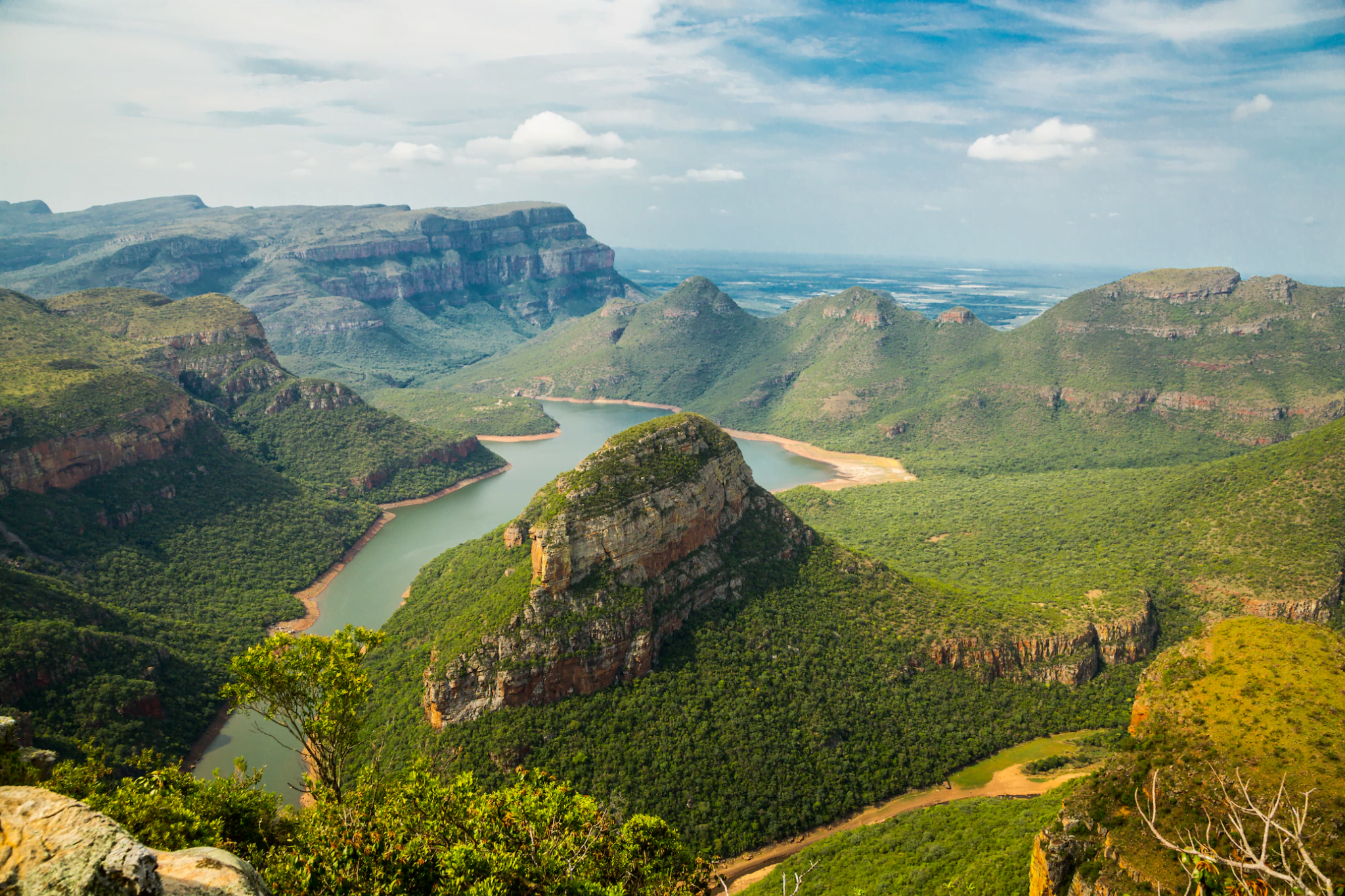
Absolutely! Africa is a continent of incredible diversity, with a rich history, fascinating cultures, breathtaking landscapes, and a wide range of wildlife that can’t be found anywhere else in the world. From the majestic Victoria Falls in Zambia and Zimbabwe to the stunning beaches of Zanzibar, Africa has so much to offer visitors.
A visit to Africa provides an opportunity to see some of the world’s most iconic animals, such as lions, elephants, and giraffes, in their natural habitat. But beyond the wildlife, visitors can also immerse themselves in the vibrant cultures and traditions of the many ethnic groups that call Africa home.
Furthermore, many African countries have developed robust tourism industries and offer a variety of experiences, from luxury safaris to budget-friendly backpacking trips. The continent also has a growing food and wine scene, with a range of local cuisines and wineries to discover.
Of course, as with any travel destination, it’s important to do your research and take necessary precautions to ensure a safe and enjoyable trip. But for those who are willing to take the time to plan and travel responsibly, a visit to Africa can be an unforgettable experience that offers a unique perspective on the world and its natural wonders.
What is the Biggest National park in Africa?
The biggest national park in Africa is the Selous Game Reserve in Tanzania. It covers an area of over 50,000 square kilometers and is home to a diverse range of wildlife, including elephants, lions, leopards, and rare African wild dogs. The park is located in the southern part of Tanzania and is named after the British explorer and hunter Frederick Selous. The reserve is known for its vast wilderness areas, pristine river systems, and stunning landscapes, making it a popular destination for safari enthusiasts and nature lovers.
In conclusion,
Africa’s national parks offer some of the most breathtaking and unforgettable natural experiences in the world. From the stunning beauty of Namib-Naukluft National Park to the incredible wildlife encounters in Serengeti National Park, these protected areas provide an opportunity to connect with nature and appreciate the incredible diversity of life on our planet.
But it’s not just about the natural beauty and wildlife. These parks also play an important role in conservation efforts, protecting some of the world’s most threatened species and habitats. They provide jobs and income for local communities and support sustainable tourism practices that benefit both people and the environment.
Visiting Africa’s national parks is not only a chance to see some of the most incredible natural wonders in the world but also an opportunity to support conservation efforts and sustainable development. So, whether you’re a seasoned wildlife enthusiast or a first-time visitor, Africa’s national parks are an experience not to be missed.

